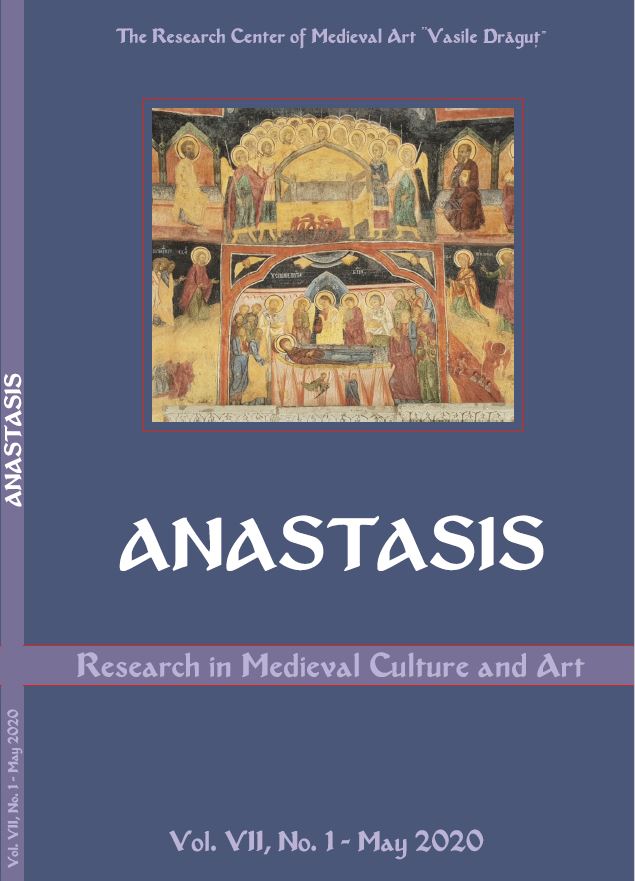La laura y coenobium de San Pedro de Rocas. Un complejo rupestre de origen bizantino en el noroeste de la Península Ibérica
The laura and coenobium of Saint Pedro of Rocas. A rupestrian complex of Byzantine origin in the northwest of the Iberian Peninsula.
Author(s): Jorge López Quiroga, Natalia Figueiras PimentelSubject(s): History, Archaeology, Fine Arts / Performing Arts, Architecture, Visual Arts, History of Art
Published by: Editura ARTES
Keywords: Monasticism; Late Antiquity; Early Middle Ages; Ribeira Sacra; Martin of Dumio; Byzantine; Rupestrian Architecture; San Pedro de Rocas; Hermitism;
Summary/Abstract: The building we see today when we approach the monastery of Saint Pedro of Rocas reveals the modern architecture: the priory house. But this architecture "hides" another one that corresponds to the various construction phases carved in the rock, both in its worship, residential and funerary function. An architecture excavated in the rock that is directly related to its hermitic origins linking Saint Pedro of Rocas with an anchoretic tradition characteristic of the territory in which it is located and which we know as Ribeira Sacra. Many are the questions, and the enigmas, which still contains Saint Pedro of Rocas and it is precisely in the rock where we find the answers to those questions. We do not intend to solve them within the framework of this article, but we will point out some reflections that allow us to understand the complexity and enormous historical dimension that enclose the rock of Saint Pedro of Rocas. The data that we are obtaining from the interdisciplinary research that we have been carrying out points to a clear oriental origin in the forms of community life that took place in Saint Pedro of Rocas. The influence of Saint Martín of Dumio (bishop of Braga, in the second half of the 6th century) in the importation of monastic life forms of Syrian-Palestinian origin ended up configuring an architecture carved into the rock at the service of a clearly Byzantine liturgy.
Journal: Anastasis Research in Medieval Culture and Art
- Issue Year: VII/2020
- Issue No: 1
- Page Range: 9-48
- Page Count: 40
- Language: Spanish

